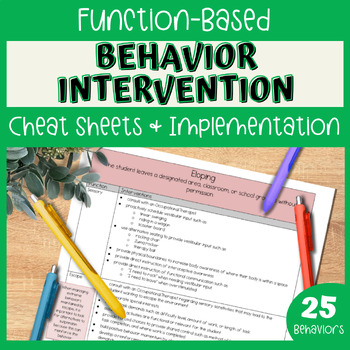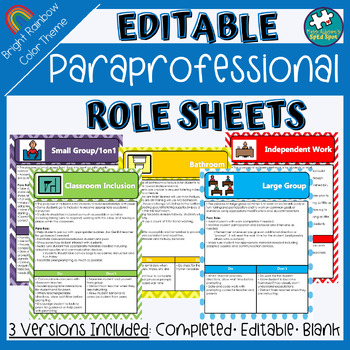
Last year I read a book that changed my entire outlook on teaching teaching to my students with significant disabilities and complex needs. Comprehensive Literacy for All: Teaching Students with Significant Disabilities to Read and Write by Karen Erickson Ph.D and David Koppenhaver Ph.D. is a MUST-READ for teachers in the self-contained classroom! It provides Science of Reading research specific to our students with significant disabilities and provides some practical guidance. ...

When first preparing a student for the TEACCH structured work system, we first start with simple fine motor taskboxes. Most of the time, students at this level are working on fine motor goals anyway so this is a great starting point. In my classroom, the purpose for the structured work system is primarily INDEPENDENT task completion. Therefore, we always introduce each of our taskboxes during an isolated one-on-one session and continue working on it until the student can complete it independently in isolation. During this time we may begin introducing the TEACCH structured work system through using VERY simple tasks such as lacing one bead on a string or putting three pegs in a pegboard. This goes back to a very fundamental part of special education especially in the MD classroom which is focusing on one goal at a time and typically performing a task analysis of each goal to see what the steps to reaching that goal would be. This is exactly what I do when planning student IEPs......

My colleagues and I use the ABLLS (The Assessment of Basic Language and Learning Skills) to assess our students with autism and other low-incidence disabilities. It is an awesome tool for pinpointing what skills students are still lacking and provides a great sequence of skills for all aspects of a child's life (communication, social interaction, academics, self-care). The ABLLS is very involed, however we found this helpful website that has tons of premade tracking spreadsheets which really cuts down on the work: http://www.trackingsheets.net/...

When working with students with moderate to intensive special needs it can sometimes be difficult to know where to begin. The following two books have been extremely helpful for me and my colleagues in helping us plan IEPS and one-on-one instruction. Behavioral Intervention for Young Children With Autism: A Manual for Parents and Professionals by Catherine Maurice is a great resource for setting up "programs" for teaching even the most basic skills (such as sitting in a chair) to students with autism. The book contains a list of skills for various curriculum levels and then maps out how to teach each skill. It even describes what cues and prompting can be used. Teaching Reading to Children With Down Syndrome: A Guide for Parents and Teachers by Patricia Logan Oelwein helped me completely change my approach to teaching reading to students with intensive special needs (not just down syndrome). The aspect of the book that I found most helpful was the process of teaching sig......
Subscribe to:
Comments (Atom)






